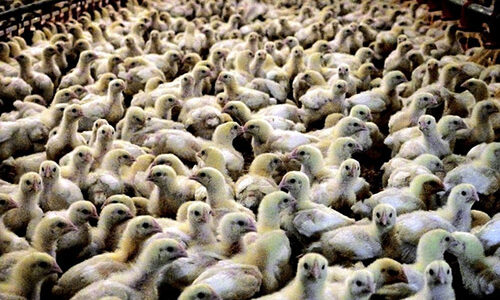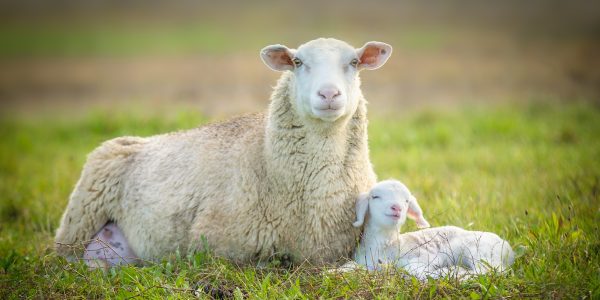Ethical concerns in all Atlantic salmon farms.
Scientific research over the last 20 years has shown fishes experience pain and are much more intelligent than many people may realise1. Despite this, fish are not protected by most state-based animal cruelty laws and there isn’t even a legally enforceable Code of Practice for fish farming and killing.
Salmon are bred and kept in barren freshwater tanks on land for 10-16 months before being transported to cages in the ocean, where they live for up to 18 more months. The transportation process – including crowding and handling – is unavoidable in salmon farming systems and is known to cause the salmon great distress2. Farming also clearly denies salmon their basic instinct and desire to migrate over thousands of kilometres during their lives. It should come as no surprise to learn that farmed salmon are often depressed and stressed.
Tasmanian oceans expose Atlantic Salmon to new sicknesses — including parasites that cause amoebic gill disease (AGD), and an orthomyxo-like virus (POMV) that they catch from wild Pilchards who are small enough to fit through marine cage nets. AGD makes it difficult for salmon to breathe and they have to be ‘bathed’ several times in fresh water to kill the parasites — or else the salmon will eventually die – and this involves extremely stressful handling procedures. POMV has caused mass mortalities in Tasmanian Atlantic Salmon farms, including the deaths of over 1.35 million individuals in 20173. There is no vaccine or cure for the disease POMV causes in salmon.
All farmed salmon will ultimately face a stressful fate — slaughter. In one method, salmon are put in a water tank saturated with carbon dioxide, which makes it acidic and hypoxic, eventually causing narcosis and a depressed level of consciousness prior to bleeding. It is well established that salmon in these ‘stunning’ tanks show stress and escape behaviours — vigorously thrashing their heads and tails for anywhere from 30 seconds to 9 minutes. In another method, salmon swim through a passage or pipe into automated killing machines that stun them with a blow to the head before cutting their gill arches to bleed out. These machines kill fish at astounding speeds and rely on precise calibration to cause unconsciousness. Salmon may also be asphyxiated in the air or by immersing them in a slurry mixture of ice and water.
Despite science long confirming that fish feel pain, the suffering inflicted on salmon during slaughter is entirely legal.
What about wild-caught salmon?
When people hear of the suffering inherent in fish farming, many understandably wonder whether sourcing wild-caught fish is a more humane and sustainable option. But the reality is, it’s all part of the same problem.
Australia imports several species of Pacific Salmon who are caught when returning from the ocean to freshwater rivers in Alaska where they were born. In Alaska, salmon are often caught by drift and set gillnets, which are designed to entangle fish by their gills, fins and spines. Fishes can be snagged in a gillnet for many hours before hauling, leaving them injured, stressed and unable to escape predators. Another commonly utilised method is purse seining, whereby a large net encloses a group of fish. The net can be set from the shore (beach seining), stretching across the opening of a river where it meets the sea. It is well-known that both methods — gillnets and seining — frequently catch other, non-targeted marine creatures.
The global consumer demand for salmon products is so high that naturally-breeding populations have to be ‘enhanced’ by hatchery-produced salmon. Tens of millions of salmon — primarily Pink Salmon and Chum Salmon — are raised in freshwater hatcheries and released into the ocean each year so that they can later be harvested. In 2018, 43 million hatchery-produced salmon were captured, representing 30% of Alaska’s total commercial salmon harvest4.
What’s the alternative?
Current demand for salmon by Australian consumers can only be met by factory farming. And the devastating effects of this industry extend to the wider ocean, and its inhabitants. Prominent fish scientists have argued:
It is the high-intensity, high-output farms that have the greatest environmental and human rights concerns… and cause the most suffering to fishes, particularly through overcrowding, handling, transport, starvation, and slaughter. Culum & Brown (2019)
There are plenty of reasons to leave sea animals living naturally in the sea. And with delicious plant-based recipes and products for every ‘seafood’ dish you could imagine, it’s never been easier to take these marine animals into our hearts, and off our plates.












